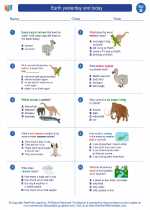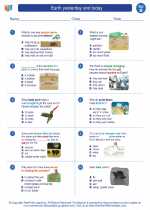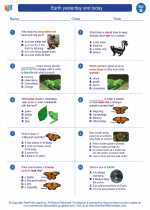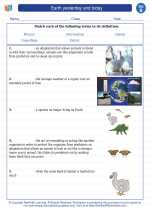Mutualism
Mutualism is a type of symbiotic relationship between two organisms in which both benefit from the association. This type of relationship is common in nature and can occur between different species, such as plants and insects, or between organisms of the same species. Mutualistic relationships can be essential for the survival and success of the organisms involved.
Examples of Mutualism
There are numerous examples of mutualism in nature. One classic example is the relationship between flowering plants and their pollinators, such as bees and butterflies. The plants provide nectar as a food source for the pollinators, while the pollinators help the plants reproduce by transferring pollen from one flower to another.
Another example is the mutualistic relationship between nitrogen-fixing bacteria and leguminous plants. The bacteria live in nodules on the roots of the plants and convert atmospheric nitrogen into a form that the plants can use for growth. In return, the plants provide the bacteria with nutrients and a safe environment to thrive.
Study Guide
- Definition: Mutualism is a symbiotic relationship between two organisms in which both benefit from the association.
- Examples: Provide at least two examples of mutualistic relationships in nature, and explain how each organism benefits from the relationship.
- Importance: Discuss the importance of mutualism in maintaining ecological balance and the survival of species.
- Differences from Other Symbiotic Relationships: Compare and contrast mutualism with other types of symbiotic relationships, such as commensalism and parasitism.
- Human Relevance: Explain how mutualistic relationships impact human activities, agriculture, and food production.
Understanding mutualism and its role in ecosystems is essential for comprehending the complex interactions between organisms and the delicate balance of nature.
[Mutualism] Related Worksheets and Study Guides:
.◂Science Worksheets and Study Guides Second Grade. Earth yesterday and today

 Worksheet/Answer key
Worksheet/Answer key
 Worksheet/Answer key
Worksheet/Answer key
 Worksheet/Answer key
Worksheet/Answer key
 Vocabulary/Answer key
Vocabulary/Answer key
